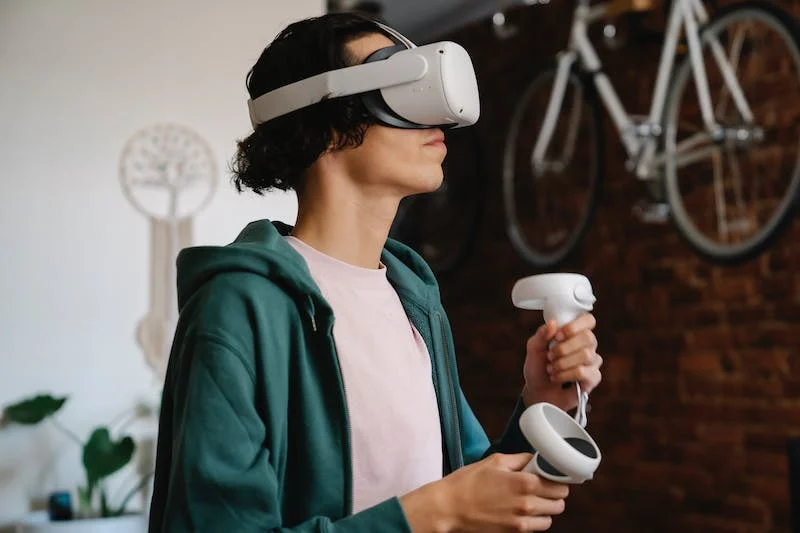Google’s unveiling of Google Glass 2.0 marks a significant evolution in wearable technology, presenting a sleeker design, enhanced functionality, and a strategic shift towards enterprise applications. This new iteration introduces advanced augmented reality capabilities, voice control, and seamless integration with productivity tools, positioning itself as a potential game-changer in the wearable tech landscape.
The sleeker design of Google Glass 2.0 reflects a refined and more user-friendly aesthetic, making it more appealing for everyday use. The focus on improved functionality is evident through the integration of advanced augmented reality features, allowing users to overlay digital information onto their physical surroundings. This augmented reality capability has substantial implications for industries ranging from healthcare and manufacturing to education, providing a hands-free and immersive experience.
Voice control adds another layer of convenience to the user experience, enabling hands-free navigation and interaction with the device. This feature enhances the practicality of Google Glass 2.0 in various professional settings, where users can seamlessly access information, make commands, or receive updates without the need for manual input.
The emphasis on enterprise applications aligns with the growing trend of wearable technology finding utility in professional environments. Google Glass 2.0’s integration with productivity tools positions it as a valuable asset for professionals in fields such as logistics, field service, and healthcare, where hands-free access to information and communication is crucial.
Furthermore, the seamless integration with productivity tools enhances the device’s utility, allowing users to seamlessly interact with their digital ecosystem. This integration extends beyond basic functions, potentially transforming how professionals approach tasks and access information in real-time.
While the initial version of Google Glass faced challenges in consumer adoption, the targeted focus on enterprise applications in Google Glass 2.0 suggests a strategic shift to address specific industry needs. The advancements in design, functionality, and integration make this iteration more aligned with practical use cases, potentially contributing to a wider acceptance in professional settings.
The sleek design, augmented reality capabilities, voice control, and integration with productivity tools position it as a versatile tool for professionals across various industries. As the landscape of wearable tech continues to evolve, Google Glass 2.0 stands out as a promising player in reshaping how individuals interact with digital information in the professional realm.





